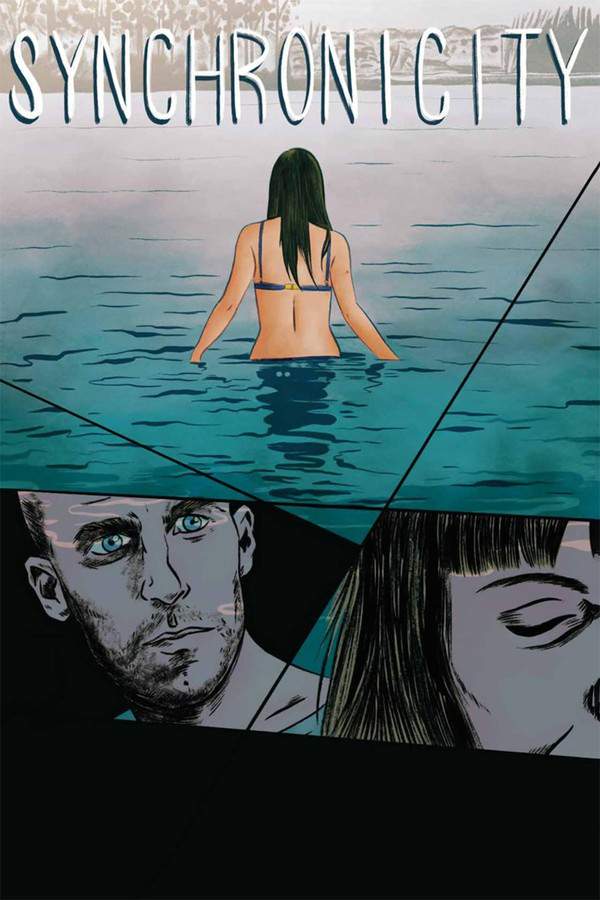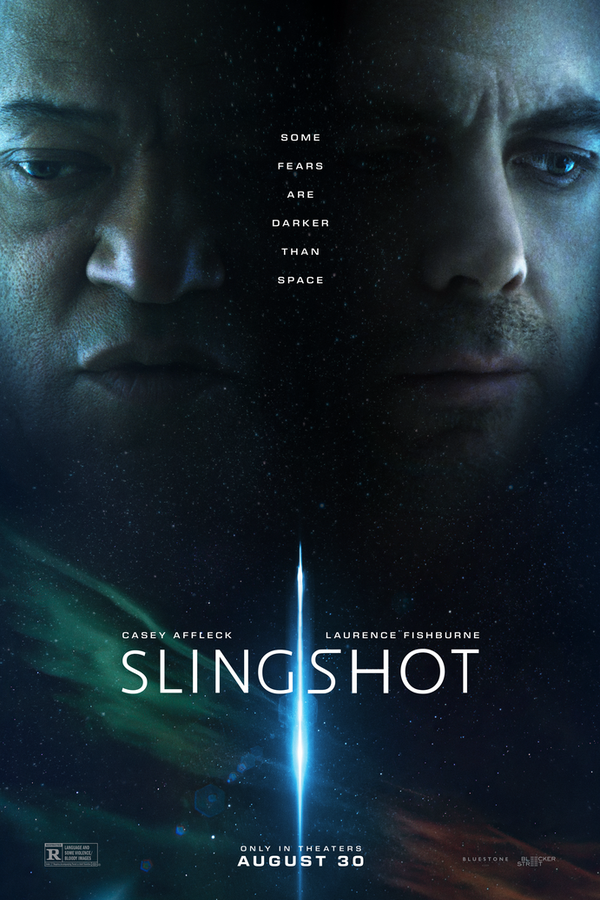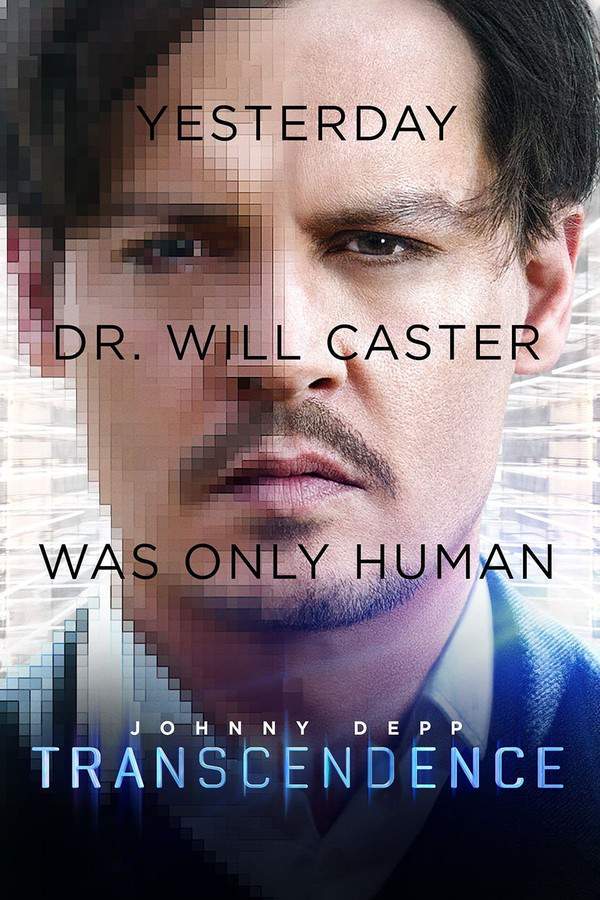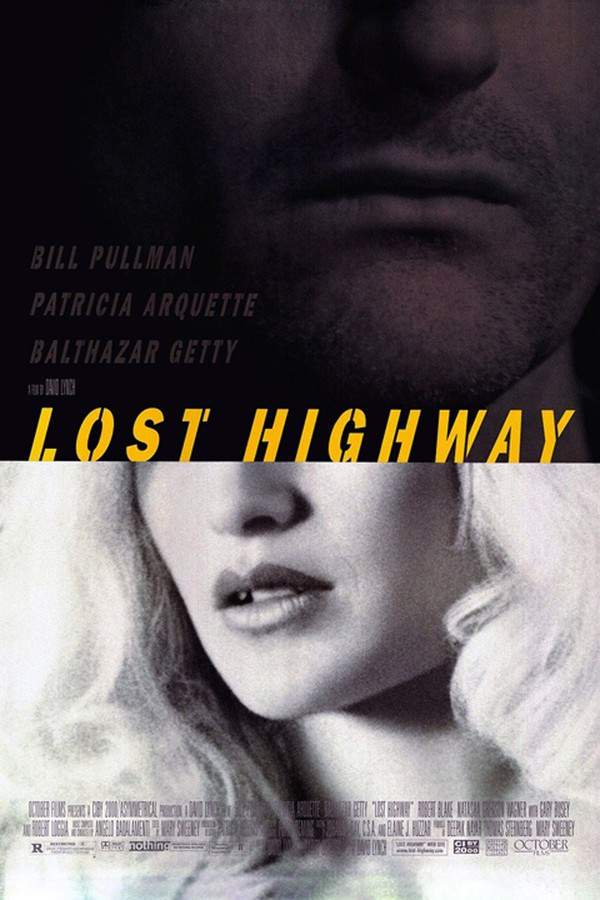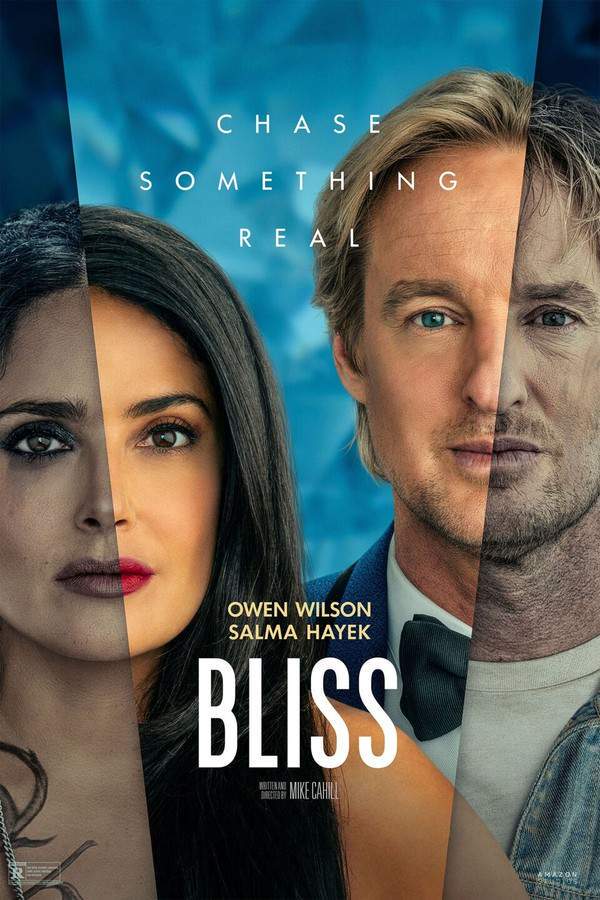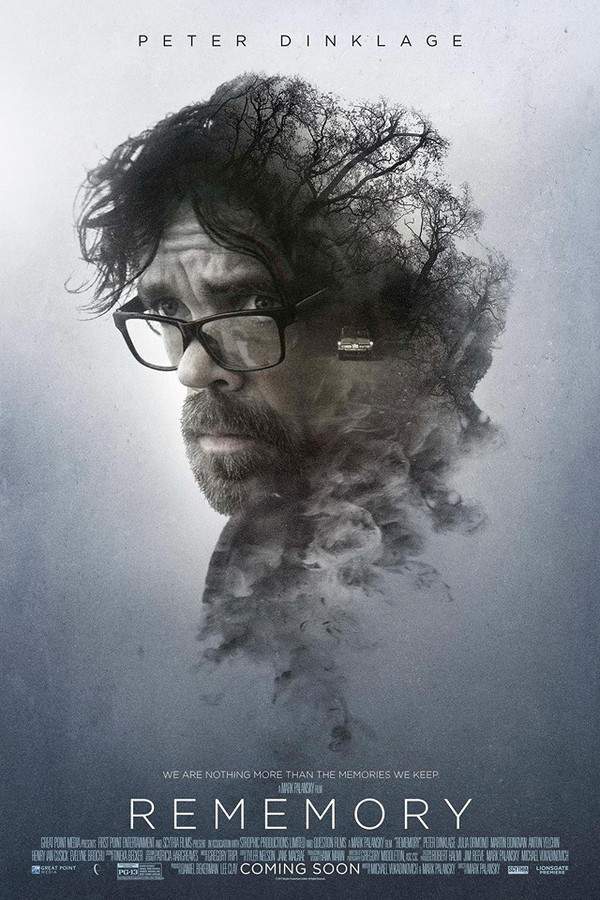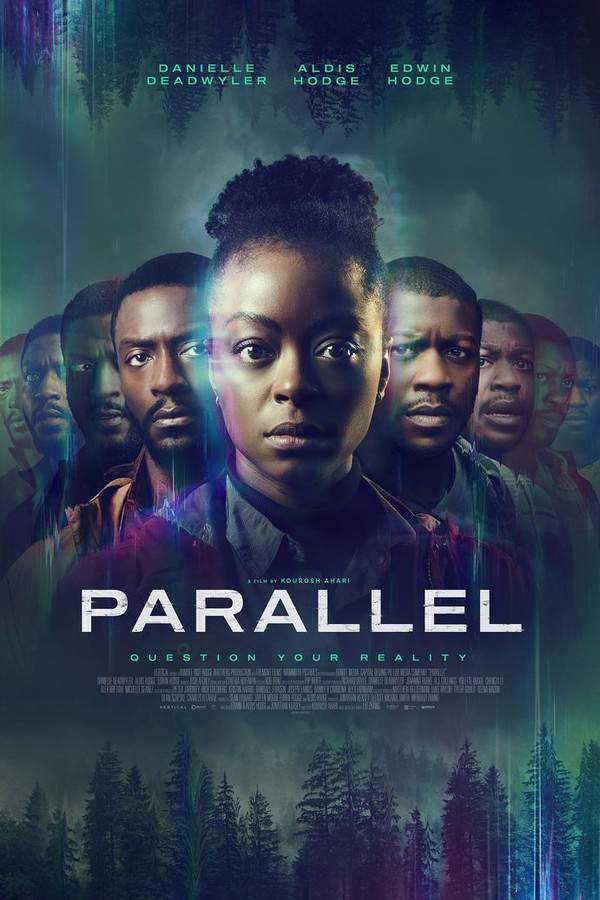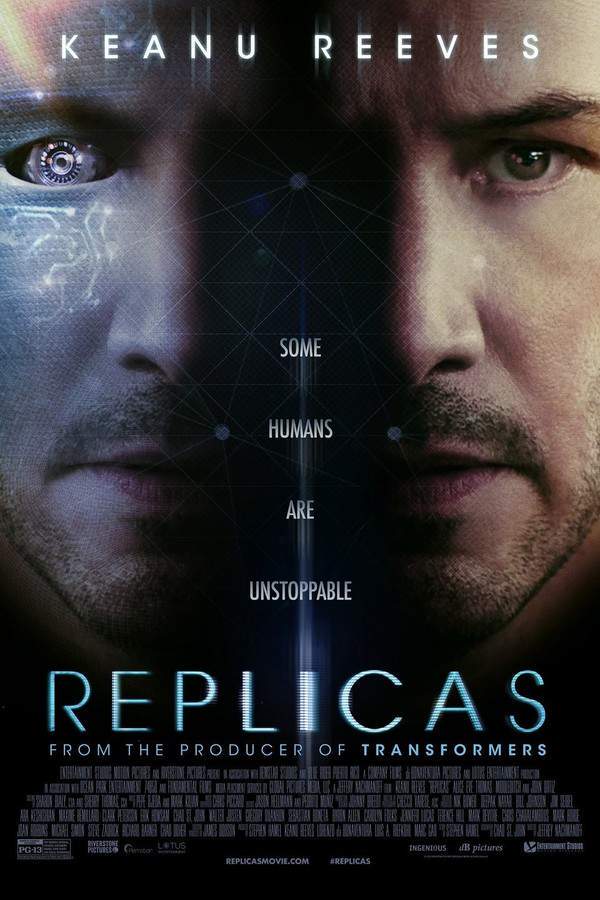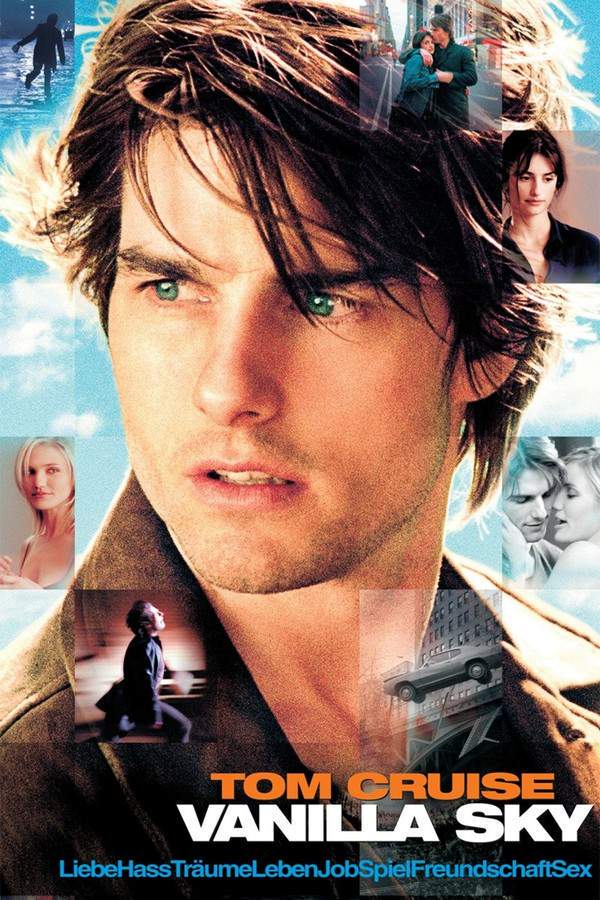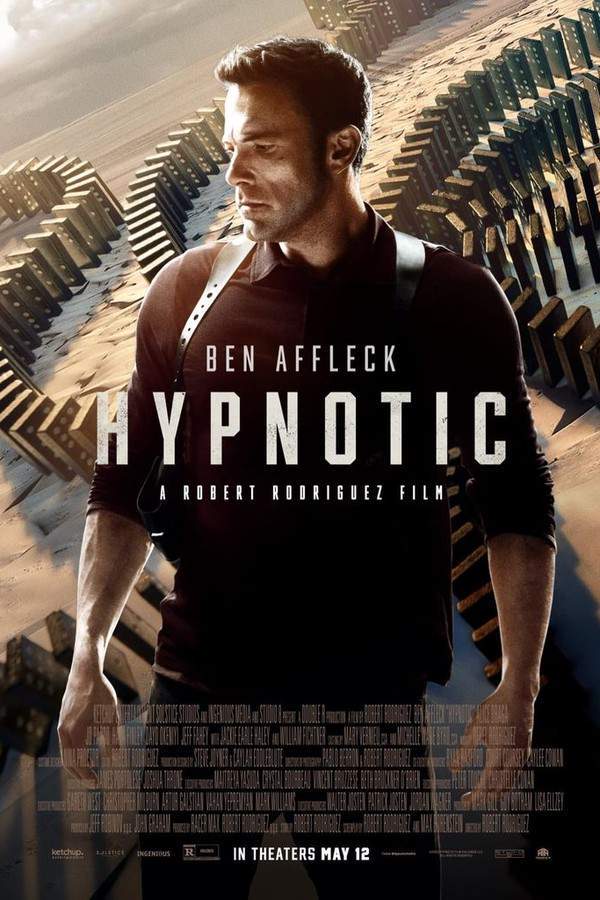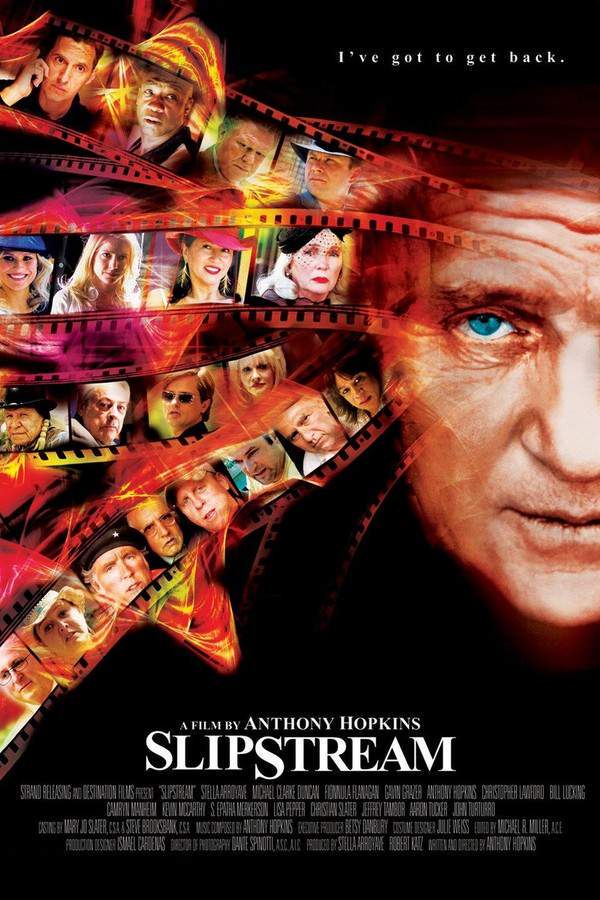
Slipstream 2007
Made by

Strand Releasing
Slipstream Plot Summary
Read the complete plot summary and ending explained for Slipstream (2007). From turning points to emotional moments, uncover what really happened and why it matters.
A low-budget thriller unfolds in the desolate desert as filmmakers attempt to capture a gripping sequence in a diner. The tension escalates when Ray, portrayed by Christian Slater, menaces the diner’s patrons with escalating psychosis, first through chilling dialogue and then with the threat of his firearm. However, the situation takes a tragic turn when the actor collapses and subsequently dies, apparently from a stroke, leaving the production team in utter chaos.
As disarray sets in, the team begins to challenge the authority of their director, who finds himself in a tight spot. In a desperate move to restore order, he calls upon the neurotic producer Harvey Brickman, played by John Turturro, whose reaction is a blend of hysteria and frustration at the unfolding madness. They make the decision to send Bonhoeffer, an overworked aging screenwriter, portrayed by Anthony Hopkins, to the desert set to revise the script and help navigate this unforeseen turmoil.
As Bonhoeffer immerses himself in his work, the mounting pressure to appease everyone morphs into an all-consuming stress that spirals into exhaustion. The boundaries of creativity blur, leading to moments of imagination intermingling with reality, causing confusion between the script’s characters and the real-life individuals surrounding him. In this chaotic whirlpool of imagery, Bonhoeffer’s creative process is caught in a storm of hallucinations that further complicate his role in the production.
Despite an underappreciated reputation, this film merits a score of 7. While one might question the justification for the editing choices made in the initial fifteen minutes—which detracts from establishing Bonhoeffer’s perspective effectively—the film ultimately finds its stride in a surreal, “natural born killers” fashion post the early disorientation. The performances are undeniably compelling, making for an engaging watch.
Slipstream Timeline
Follow the complete movie timeline of Slipstream (2007) with every major event in chronological order. Great for understanding complex plots and story progression.
Filming Begins
The low-budget thriller starts filming in a desolate desert, focusing on capturing a gripping sequence set in a diner. The crew sets up equipment and prepares for the day's shoot, filled with anticipation and excitement.
Ray's Introduction
Christian Slater's character, Ray, is introduced to the diner’s patrons, establishing an ominous atmosphere. His menacing dialogue hints at the escalating tension and foreshadows the disturbance he will cause.
Tension Escalates
Ray's behavior intensifies, as he threatens the patrons with his firearm. As fear permeates the diner, the crew behind the scenes is on edge, aware that the situation could spiral out of control.
Ray Collapses
In a shocking turn of events, Ray collapses in the diner, soon revealed to have suffered a stroke. His sudden death throws the entire production team into disarray, as they grapple with the chaos that follows.
Director's Crisis
As panic ensues, the director tries to maintain control but faces challenges from the production team. They begin to question his authority, compounding the stress of the situation.
Call for Help
In desperation, the director reaches out to Harvey Brickman, the neurotic producer. Harvey's hysterical reaction adds to the turmoil, highlighting the increasing madness of the situation.
Bonhoeffer arrives
Harvey decides to send Bonhoeffer, an overworked aging screenwriter, to the desert set. Bonhoeffer's task is to revise the script and help navigate the unfolding chaos that has disrupted the shoot.
Bonhoeffer's Struggles
Upon arriving, Bonhoeffer immerses himself in rewriting the script but begins to feel the crushing pressure from the production team. The overwhelming demands lead to increased stress, causing him to struggle with his creativity.
Creativity Under Duress
As Bonhoeffer works, the lines between creativity and reality begin to blur. He starts experiencing hallucinations that complicate his understanding of the script and his role in the chaotic production.
Breaking Down
The mounting stress takes a toll on Bonhoeffer, leading to moments of mental and emotional breakdown. The surreal environment he finds himself in exacerbates his exhaustion and confusion.
Art and Reality Collide
Bonhoeffer's attempts to align the script with the ongoing chaos lead to further disorientation. His hallucinations force him to confront the differences between the characters he has created and the real people around him.
Finding Stride
Despite its rocky start, the film begins to find its rhythm. The storytelling evolves into a surreal experience reminiscent of 'natural born killers,' allowing it to resonate more distinctly with its audience.
Compelling Performances
As the production continues amidst the chaos, the actors deliver compelling performances. These portrayals enhance the engagement for viewers, adding layers to the narrative despite earlier confusion.
Final Cut
The film eventually reaches its conclusion, where the editing choices are debated among the crew. While some feel the early disorientation was detrimental, others argue it adds depth to Bonhoeffer's character development.
Legacy of the Film
Despite its low-budget origins and initial setbacks, the film earns recognition for its unique storytelling. The experience leaves an impact on those involved, creating a story that resonates with audiences for its raw and intense exploration of creativity under pressure.
Slipstream Characters
Explore all characters from Slipstream (2007). Get detailed profiles with their roles, arcs, and key relationships explained.
Ray (Christian Slater)
Ray emerges as a pivotal figure whose erratic behavior pushes the narrative into a realm of psychological horror. His descent into madness introduces an edge of danger and unpredictability, capturing the audience's attention. The character embodies the fragility of sanity under pressure, becoming a catalyst for the unfolding chaos.
Harvey Brickman (John Turturro)
Harvey serves as the neurotic producer who embodies the frantic chaos behind the scenes. His reactions oscillate between hysteria and frustration, providing both comedic and tragic elements to the narrative. The character's struggle to regain control reflects the challenges producers often face in the turbulent film industry.
Bonhoeffer (Anthony Hopkins)
Bonhoeffer, the aging screenwriter, is engulfed by the overwhelming pressure to navigate the production crisis. His character is marked by depth and introspection, as he wrestles with his creative process amidst chaos. The blurring of reality and script exemplifies the internal battles of an artist under duress.
Slipstream Settings
Learn where and when Slipstream (2007) takes place. Explore the film’s settings, era, and how they shape the narrative.
Time period
The movie's narrative does not adhere to a specific historical timeframe, instead opting for a contemporary setting. This choice allows the filmmakers to explore themes of creativity and madness without the constraints of a particular era, highlighting the timelessness of artistic struggle.
Location
Desert, Diner
The movie unfolds in a desolate desert setting, evoking a sense of isolation and tension. The diner serves as a critical focal point for the unfolding drama, acting as both a literal and figurative backdrop for the chaos among the filmmakers. Known for its stark landscapes, the desert heightens the film's suspense and reflects the characters' internal struggles.
Slipstream Themes
Discover the main themes in Slipstream (2007). Analyze the deeper meanings, emotional layers, and social commentary behind the film.
🎭
Identity Crisis
This theme emerges as Bonhoeffer battles with the blurred lines between his creative output and the chaotic reality around him. His hallucinations serve as a metaphor for the overwhelming stress of artistic endeavor, questioning the nature of identity both on and off the script. The film presents a profound exploration of how external pressures can fracture one's sense of self.
😱
Psychological Tension
The escalating psychosis of Ray creates an intense atmosphere, underscoring the psychological fragility of the characters involved. This tension not only drives the plot but serves as a reflection of the anxieties inherent in the filmmaking process. As chaos ensues, the characters must confront their deeper fears and insecurities.
🌀
Creative Madness
The film delves into the theme of creative madness, portraying the toll that artistic pressure exerts on individuals. Bonhoeffer's spiraling mental state amidst the production chaos encapsulates the struggle many artists face when trying to balance creativity with reality. This intermingling of imagination and disarray evokes a sense of surrealism throughout the narrative.
Movies with Similar Twists and Themes
Uncover films that echo the narrative beats, emotional arcs, or dramatic twists of the one you're exploring. These recommendations are handpicked based on story depth, thematic resonance, and spoiler-worthy moments — perfect for fans who crave more of the same intrigue.
Featured on this page

What's After the Movie?
Not sure whether to stay after the credits? Find out!
Explore Our Movie Platform
New Movie Releases (2025)
Famous Movie Actors
Top Film Production Studios
Movie Plot Summaries & Endings
Major Movie Awards & Winners
Best Concert Films & Music Documentaries
© 2025 What's After the Movie. All rights reserved.


